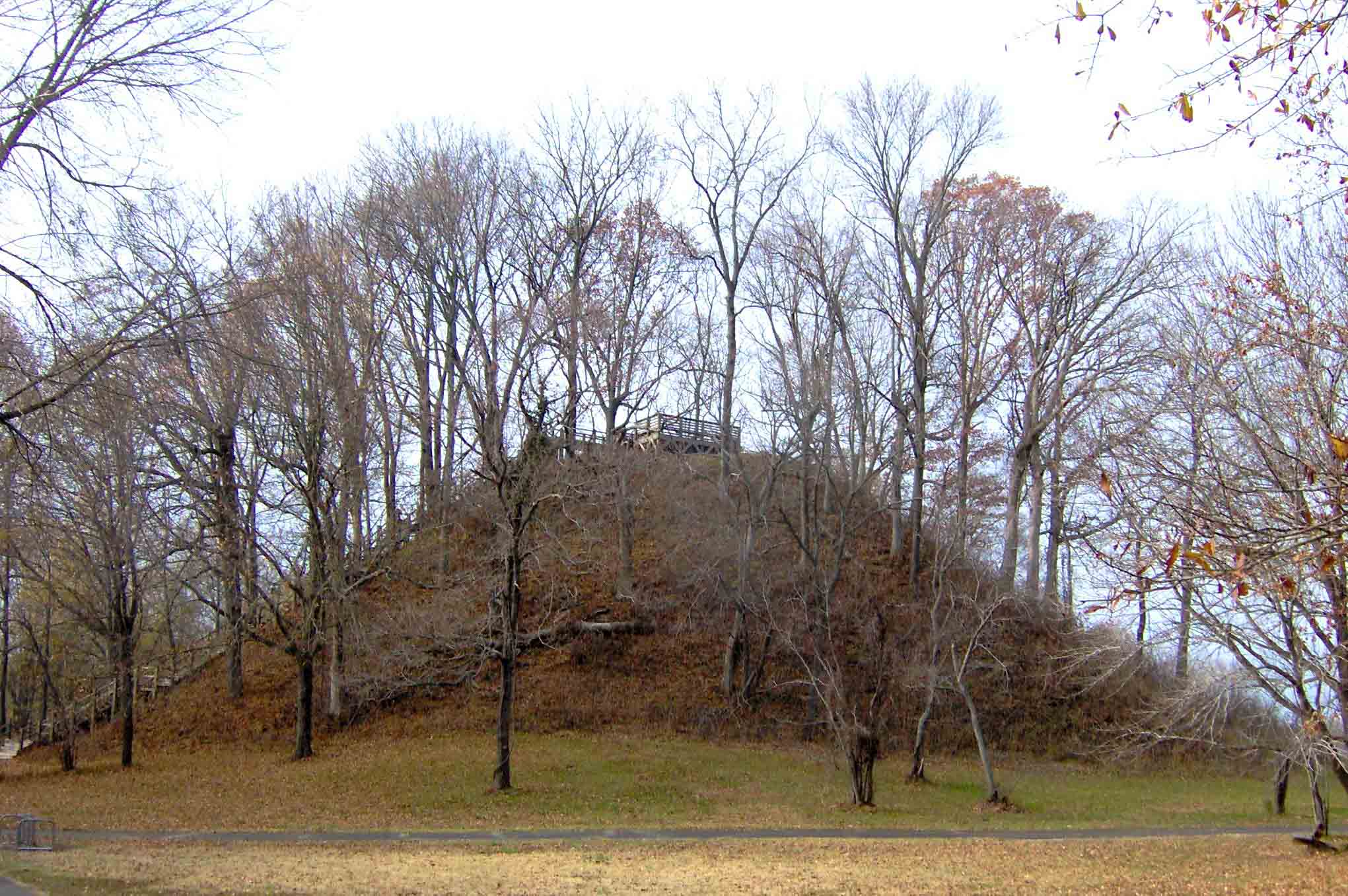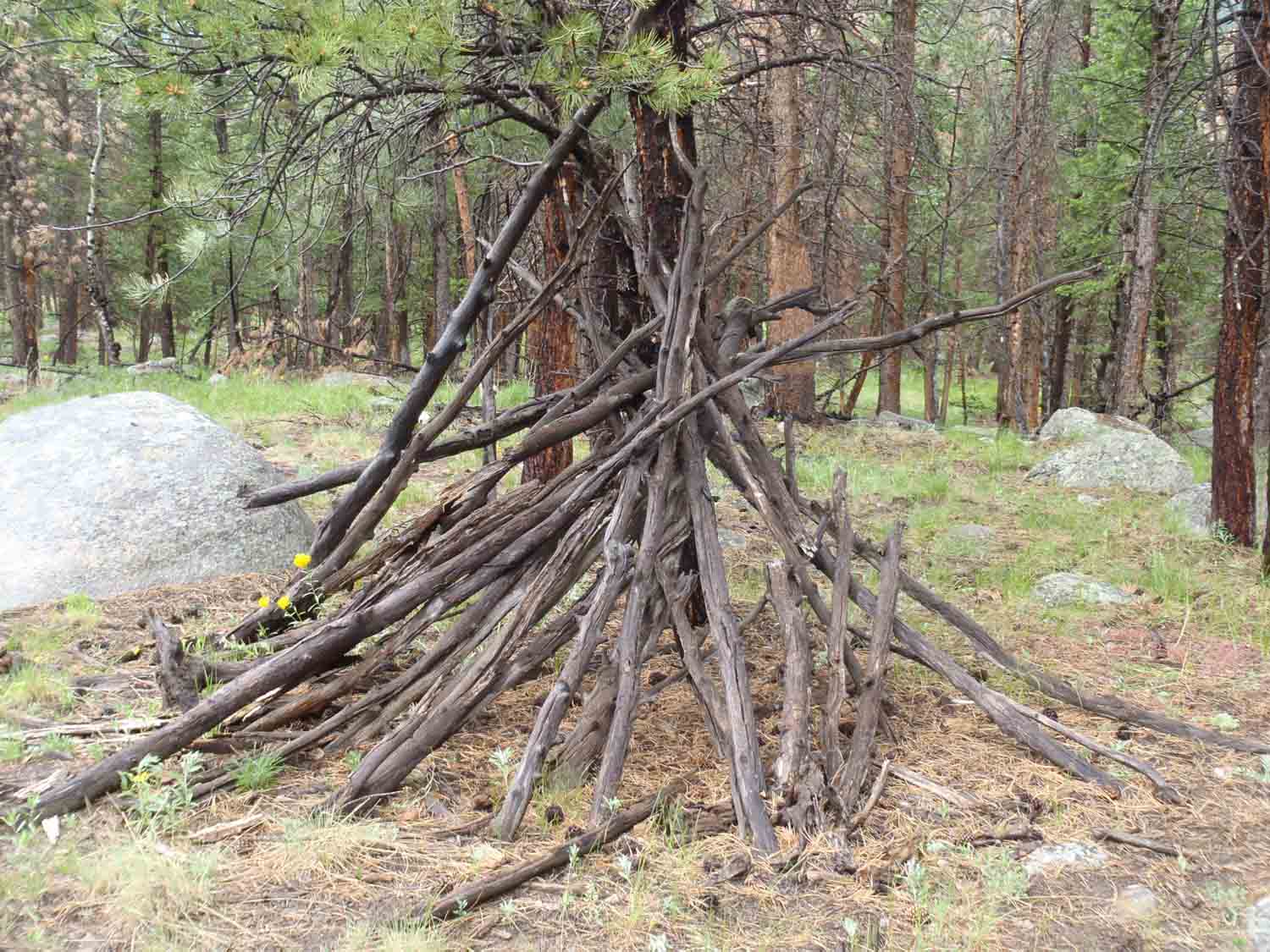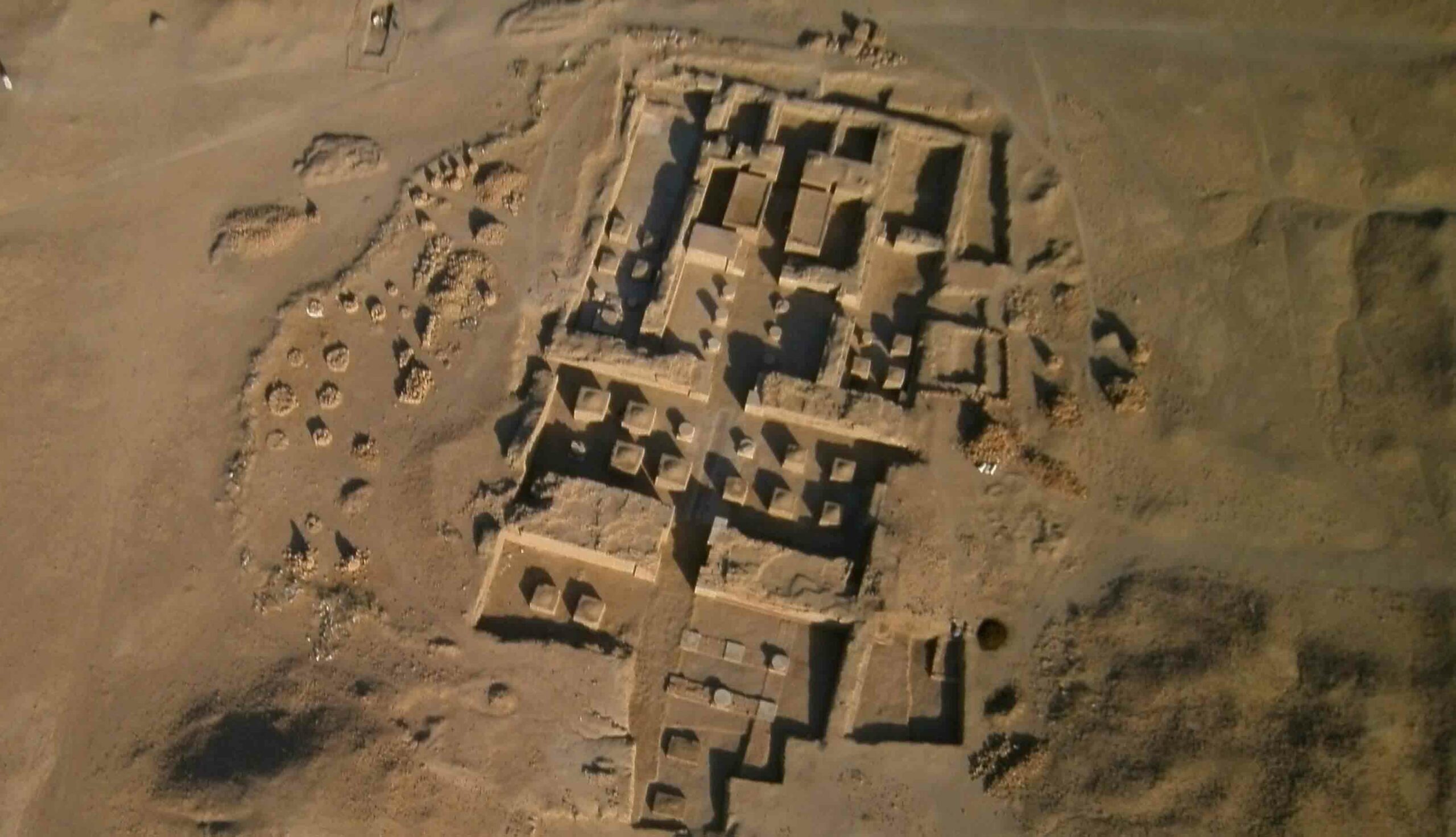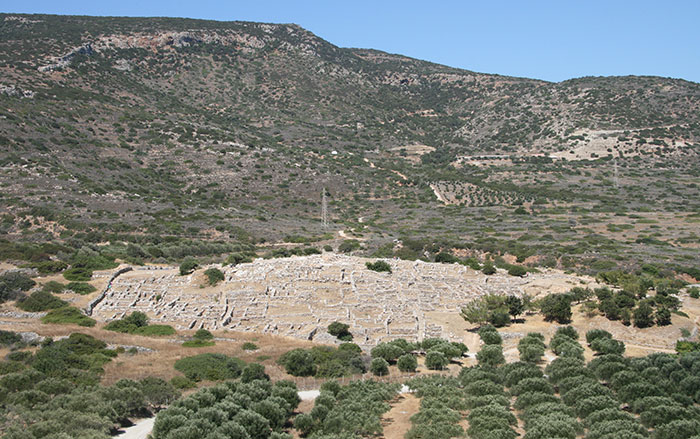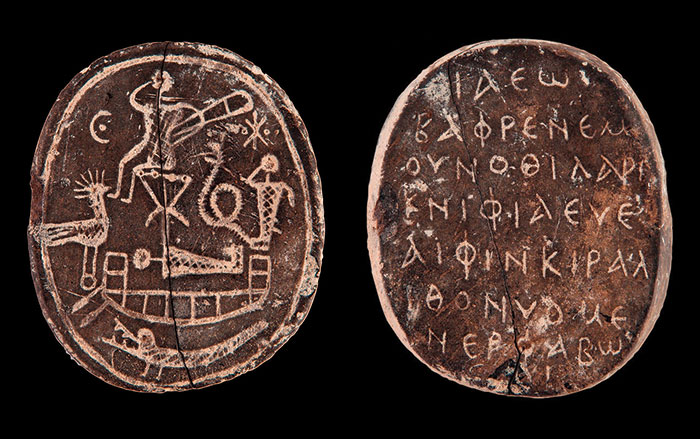Tennessee is rich in Native American heritage, including collections of mounds and other earthworks built by large ancient communities, some with ritual functions and others to contain burials. Unfortunately, most of these sites have been destroyed over the years to make way for farms, highways, and new buildings. The Pinson Mounds complex, however, located in western Tennessee, has survived largely intact and is the biggest archaeological mound site in the American Southeast. Today the complex covers more than 400 acres with at least 45 man-made mounds, and there were probably more in the past. Of these, 17 are easily visible today and five are large rectangular platform mounds up to 70 feet tall. Built during the Middle Woodland Period (ca. 200 B.C.–A.D. 400), the mounds became a major pilgrimage center for people across the region—from as far away as Georgia and Louisiana. According to Tim Poole, Manager of Pinson Mounds State Archaeological Park, the monuments are evidence of “great skills in mathematics, geometry, and physics.”
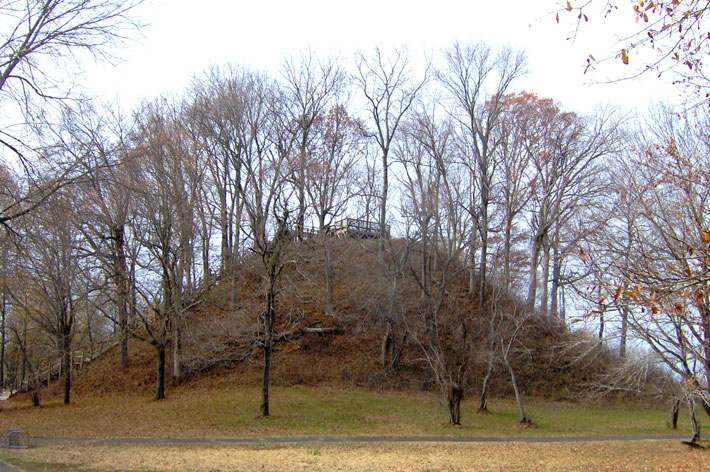
THE SITE
The Pinson Mounds complex is located within the 1,250-acre Pinson Mounds State Archaeological Park, and visitors can explore six miles of walking trails in and around the mounds. The largest mound is Sauls’ Mound, at 72 feet the second tallest mound in North America, after Monks Mound at Cahokia in Illinois. The steep, wooded mound has a staircase for climbing to a viewing platform at the top, where, on a clear day, one can see for 14 miles. Some people believe, says Poole, that it took more than a century to build Sauls’ Mound—a single basket of earth at a time. Another intriguing earthwork is the Eastern Citadel, a low geometric ritual enclosure that forms a near-perfect semicircle 1,200 feet across.
Some of the other earthworks at the site were constructed specifically for burial of the dead. The largest of these, the Twin Mounds (or Mound 6), consists of a pair of intersecting conical mounds, each about 23 feet tall and 80 feet in diameter. Partial excavation of the northern Twin Mound provided a rare view of a large, undisturbed Middle Woodland burial: the tomb of three men with eight women surrounding them in a circle, all buried wearing headdresses and copper jewelry.
WHILE YOU'RE THERE
After walking the park’s trails, visitors should check out the Pinson Mounds Museum, built within a replica of a platform mound. Downtown Jackson, Tennessee, is only nine miles away, and has great restaurants and the Casey Jones Village, complete with an old-time general store. Jackson also has a railroad museum and another dedicated to rockabilly. And if that’s not enough history and music, Nashville is only two hours east on I-40.


